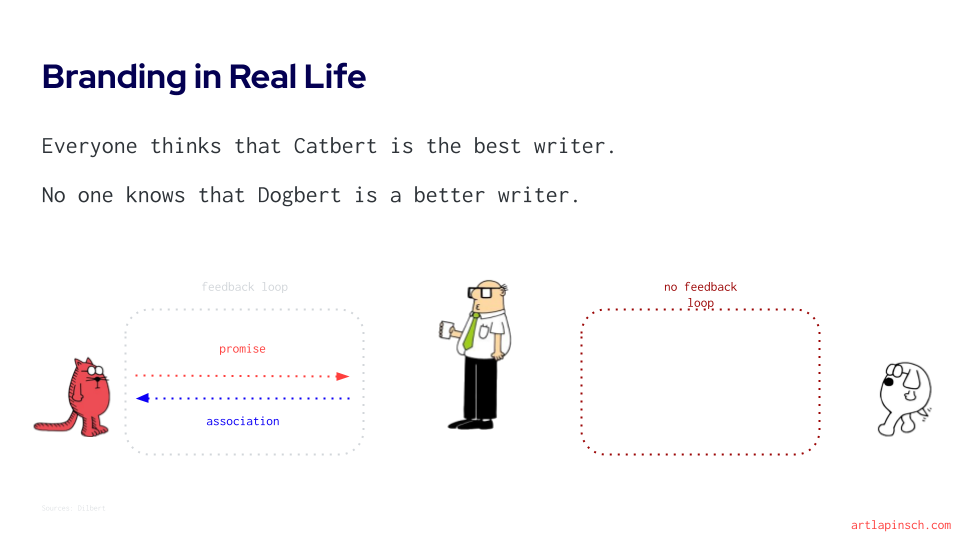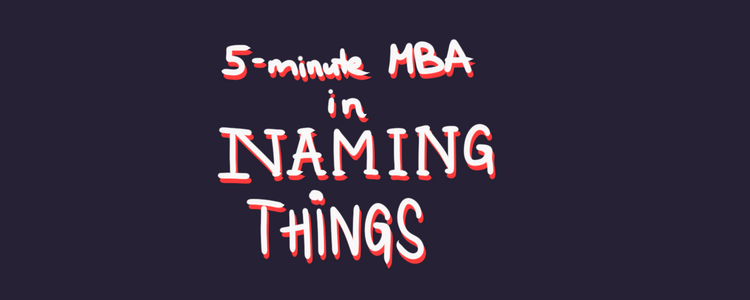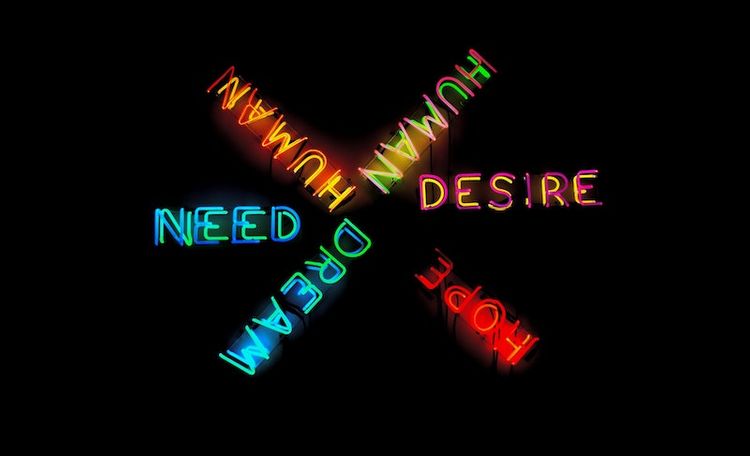A Pragmatic Look at Branding: What Is a Brand?

What is a brand?
Read this post and you will understand.
Two Sides of Branding: Senders and Receivers
There are two sides to a brand:
#1: The Sender = The Brand
A brand interacts with the world.
- A brand communicates: Website copy; advertising;
- A brand delivers: Products; services; customer interactions; etc.
Each action is sending a message to the world.
The goal of a brand is to have a clear promise (= we will do this) and keep this promise (= actually doing it).
A brand is a promise kept. - Kevin J. Walker
If a brand consistently delivers on it, they build trust.
This is how brand equity is built.
#2: The Receiver = The Audience/Customer
To paraphrase a philosophical question:
"If a brand plays in a market and no customer knows about it, does it even exist?"
A brand's goal is to interact with an audience.
The audience is like a radio and listens to what the market is saying. They receive signals.
If an audience repeatedly receives signals from one sender it starts forming associations (e.g. "the sender keeps their promise"; "The sender claims X and delivers Y. I cannot trust this sender")
A brand is a set of associations linked to the name, mark, or symbol associated with a product or service. - Kellogg on Branding
If a receiver consistently sees a brand keeping their promise, they build positive associations.
This is how brand associations are built.
Feedback Loops: Brand Building Over Time
Branding does not happen in a vacuum.
There is a constant interaction between senders and receivers. It is a constant feedback loop.

The question generally isn't which product or service is best; the question is which product or service people think is best. - Kellogg on Branding
If a brand keeps its promises it helps the audience to build the right associations.
Building a brand takes time.
Bottomline: A Brand Needs Two Sides
For a brand to exist it needs a sender and a receiver.
If the promise of a sender matches with the associations of a receiver we have good branding.
My promise to you from the top:
What is a brand? Read this post and you will understand.
If I made good on my promise you have a positive association ("I trust Art").
This is how branding works.
🤝
This post is an excerpt from my online course Fundamentals of Brand Strategy where you learn how to build successful brands.
The self-paced online course contains 5 hours of video material and teaches you how to use the Brand Pyramid.

You can hit me up on twitter. DMs are open.
Further Reading
- Kellogg on Branding (Alice Tybout; Tim Calkins)
- Kellogg on Branding in a Hyperconnected World (Alice Tybout; Tim Calkins)
- The Advertising Concept Book (Pete Barry)
- Shannon-Weaver Model (Wikipedia)
Short Excerpts from the Course
These posts are short snippets of the course curriculum 👇
- A Pragmatic Look at Branding: What Is a Brand?
- Touchpoints and Brand Strategy: How do We Build Associations?
- Positioning and Differentiation: How to Stand Out as a Brand?
- Brand Vision: What Is the World That Could Be?
- Brand Purpose: Why Bother?
- Brand Promise: How to Communicate in One Statement?
- Mission Statement: How Do You Do It?
- Brand Attributes: How Does the Brand Present Itself?
- Frame of Reference: Where Is the Brand Placed?
- Target Customer: Who Is Your Audience?
- Customer Need: What Is Their Real Job-to-be-Done?
- Value Proposition: What Are You Offering?
- Reasons-to-Believe: What Are Your Proof Points?





